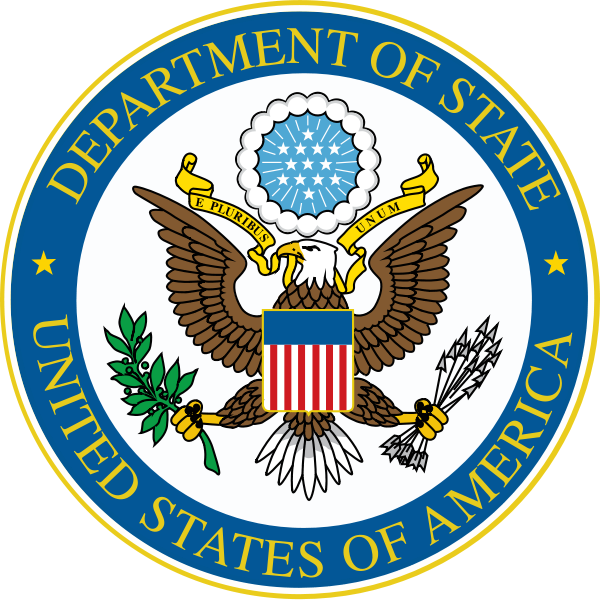There’s been some grumping among religious progressives over the State Department’s establishment of an Office for Engagement with Faith-Based Communities. Here’s a nickel that says they’ve failed to grasp the point of this diplomatic initiative.
The grumping is on full view over at the Immanent Frame, which solicited a bunch of academics and NGO types to weigh in on the new office. Here, for example, is Indiana University’s Winnifred Fallers Sullivan:
So…why do we need an office? The problem with the new office is not a legal one. There are no constitutional obstacles to creating such an office. The problem with the new office is political and aesthetic—perhaps, even, theological. In the United States we have a constitutional—in every sense—commitment to the idea that religion should not be formally and bureaucratically aligned with the work of government.
For another, there’s Nadia Marzouki of the European University Institute:
Ironically, the politics of religious engagement reenacts the old Orientalist assumption that denies the “Muslim world” any capacity to construct an autonomous field of politics, and that refuses to acknowledge the desire of the individuals of this region to exist and be recognized as citizens, not as religiously motivated “actors” who need to be engaged by the United States.
Behind the criticism is the assumption that this initiative builds on what the State Department has been doing in the religion area since the 1998 International Religious Freedom Act (IRFA), which created a special ambassador for religious freedom; mandated an annual report on religious freedom around the world; and established an independent Commission on International Religious Freedom.
IRFA came out of an effort by Republicans in the House of Representatives to embarrass the Clinton Administration by pretending that it was uninterested in protecting religious freedom. (In fact, helping victims of religious persecution had long been a quiet enterprise undertaken jointly by presidential administrations of both parties and such prominent senators as Richard Lugar (R-Indiana) and Ted Kennedy (D-Massachusetts). Fortunately, clever staffers from both sides of the aisle in the Senate were able to blunt the effort, and the result was a good deal better than it might have been.
Nonetheless, IRFA has done little more than make the U.S. the common scold of what we consider infringements of religious liberty, with the Commission scolding more and the State Department scolding less. The ambassador has been a free-floating and largely ineffectual figure. Indeed, as Thomas Farr, who directs a religious freedom project at Georgetown, testified before a House subcommittee in June, IRFA has done nothing to advance the cause of religious freedom since it became law 15 years ago.
I say the purpose of the State Department’s new office is to shift away from IRFA’s denunciatory modus operandi and to chart a more cooperative path when it comes to religious actors around the globe. What’s my evidence for this? Here’s Secretary of State John Kerry speaking at the launch of the office earlier this month:
Engagement – the engagement that I’m talking about is a two-way street. Our job at the State Department is not just to proclaim or to stand up and pontificate about the things that we want. We have to listen to people about the things that they want.
In a similar vein, Wesley Theological Seminary ethicist Shaun Casey, who’s been tasked with the job of directing the new office, harked back to Reinhold Niebuhr’s efforts to moderate American self-righteousness during the Cold War:
I think we find ourselves today in a similarly complex “in between” time, as was the case in the late 1940s. Niebuhr feared at that age that America might be distracted by several things in its foreign policy that might have led the country astray. Among those was perhaps an inordinate pride in our own power and our own virtue, and also the absence of a clear path about how to negotiate a post-World War II map as well as the emerging Communist bloc.
Two-way streets, not just standing up and pontificating, less inordinate pride in our own virtue — if that’s not dialing back IRFA’s pulpit bullying, I don’t know what is.
In the larger Obama religious scheme of things, what’s happening is in line with Melissa Rogers’ appointment to direct the White House Office of Faith-Based and Neighborhood Partnerships this year. Like Rogers, a lawyer dedicated to maintaining clear lines of separation between church and state, Casey understands that engaging religion in the public square is no simple thing. The author of a fine book on how religion was used and abused during the election of 1960, he has been a sharp-eyed observer of, as well as a participant in, Obama’s less than spectacular faith-based undertakings.
In a word, what’s happened at State is a turn for the better.






